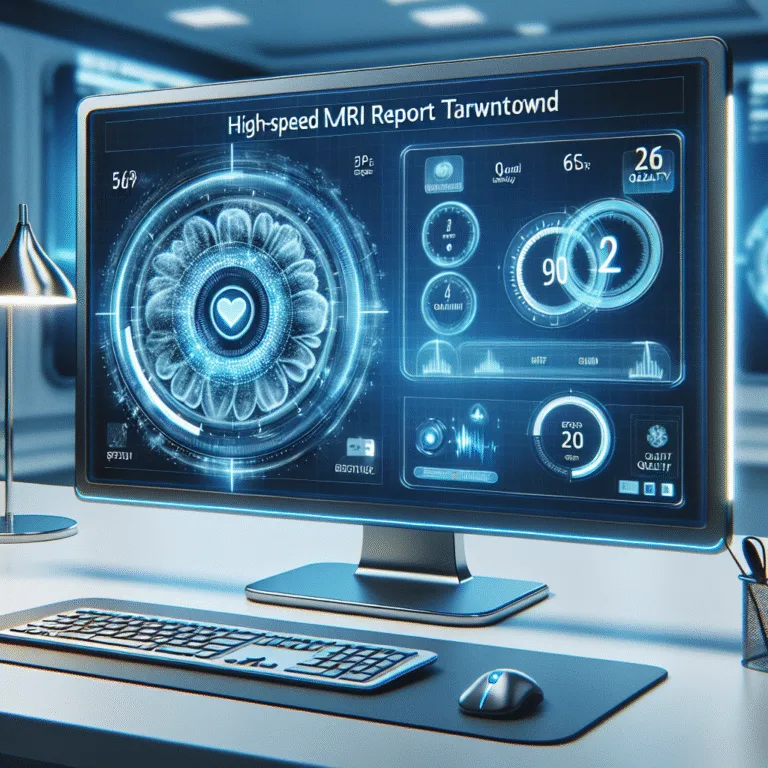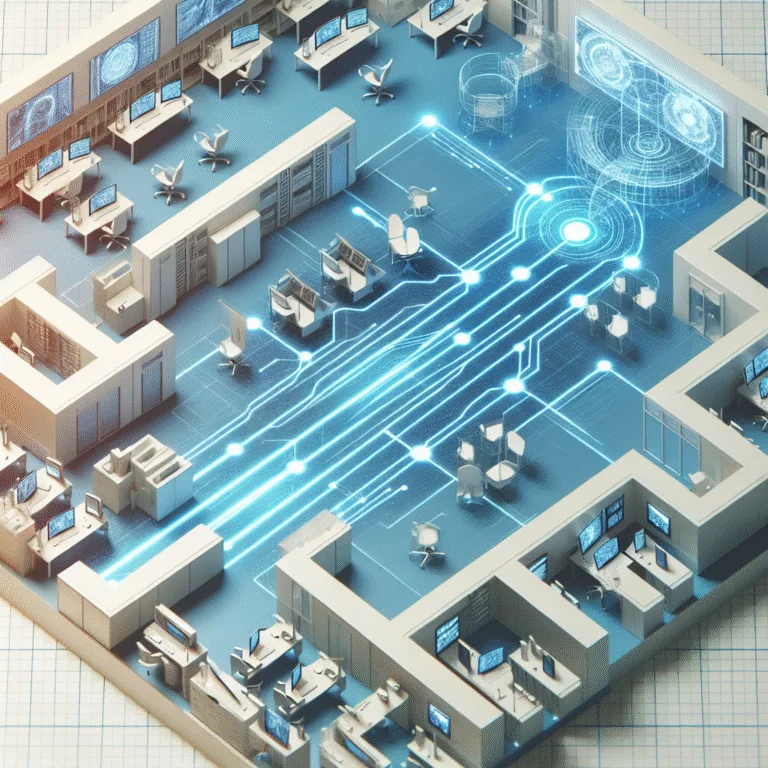Best Practices for Reducing Radiology Reporting Delays: A Manager’s Playbook
Best Practices for Reducing Radiology Reporting Delays: A Manager’s Playbook
Reporting delays are a system-level problem that can frustrate clinicians and impact patients. This manager’s playbook provides a strategic guide to identifying bottlenecks and implementing effective solutions. We cover staff allocation, technology adoption, and process improvements to create a more timely and predictable workflow.
In the fast-paced world of medical imaging, best practices for reducing radiology reporting delays are crucial for maintaining efficiency and patient satisfaction. Delays in reporting can lead to diagnostic uncertainties and treatment postponements, affecting patient outcomes. This playbook outlines strategic measures to streamline radiology workflows, leveraging both human and technological resources effectively.
Identifying Bottlenecks in Radiology Workflows
Understanding the root causes of reporting delays is the first step toward resolution. Common bottlenecks include:
- Staff shortages: Insufficient radiologists to handle the volume of cases.
- Suboptimal scheduling: Poorly managed appointment systems leading to backlogs.
- Technological limitations: Outdated or inefficient software slowing down report generation.
Addressing these issues requires a comprehensive approach that combines staffing solutions, process optimization, and technology upgrades.
Optimizing Staff Allocation
Efficient staff allocation is critical to reducing reporting delays. Consider the following strategies:
- Flexible staffing: Implement shift rotations and part-time positions to cover peak hours.
- Cross-training: Train staff in multiple roles to ensure coverage during absences.
- Tele-radiology: Utilize remote radiologists to handle overflow cases, especially during off-hours.
By optimizing staff allocation, radiology departments can better manage workloads and reduce turnaround times.
Leveraging Technology for Faster Reporting
Adopting advanced technologies can significantly enhance reporting efficiency. Key technologies include:
- AI-powered reporting tools: Systems like Rad Report AI assist in generating reports quickly and accurately.
- PACS integration: Ensure seamless integration between Picture Archiving and Communication Systems and reporting software.
- Voice recognition software: Speeds up dictation and reduces the need for manual typing.
These technologies not only speed up the reporting process but also improve accuracy and consistency.
Implementing Process Improvements
Process improvements are essential for minimizing delays. Consider these best practices:
- Standardized protocols: Develop and adhere to standardized reporting templates to streamline workflows.
- Continuous training: Regularly update staff on new technologies and protocols.
- Feedback loops: Establish mechanisms for feedback to identify and rectify inefficiencies.
Process improvements ensure that workflows remain efficient and adaptable to changing demands.
Sample Radiology Report Template
Patient Name: [Name]
Patient ID: [ID]
Date of Examination: [Date]
Type of Examination: [Type]
Findings:
- [Finding 1]
- [Finding 2]
Impression:
- [Conclusion]
Radiologist: [Radiologist Name]
Monitoring and Evaluation
Regular monitoring and evaluation are crucial for sustaining improvements. Use key performance indicators (KPIs) such as:
- Turnaround time: Measure the time from examination to report delivery.
- Report accuracy: Track error rates and discrepancies.
- Patient satisfaction: Collect feedback to assess service quality.
Continuous evaluation helps in identifying areas for further improvement and maintaining high standards.
Conclusion
By implementing best practices for reducing radiology reporting delays, radiology departments can enhance efficiency and improve patient care. Combining strategic staff management, advanced technologies, and process optimization creates a robust framework for timely and accurate reporting.
For more insights into optimizing radiology workflows, explore resources from the Radiology Business Journal and the Radiological Society of North America.
🚀 Try Rad Report AI For Free — and experience faster, smarter reporting today.







